Of Love, Loss, Grief, and Vengeance: The Last Of Us Part II Review
Sujayendra Krishna takes us on a gruelling and emotional journey, though the world of The Last of Us Part II in this review.
“If I ever were to lose you, I’d surely lose myself…”
The opening lines from Pearl Jam’s classic Future Days not only serve as a beautiful intro to The Last Of Us Part II, it also foreshadows the plot of the game. This touching cutscene, early in the game, is but a glimpse of the good life – a life Joel and Ellie could have had in an otherwise bleak world where hope is in limited supply, and there are always consequences for your actions.
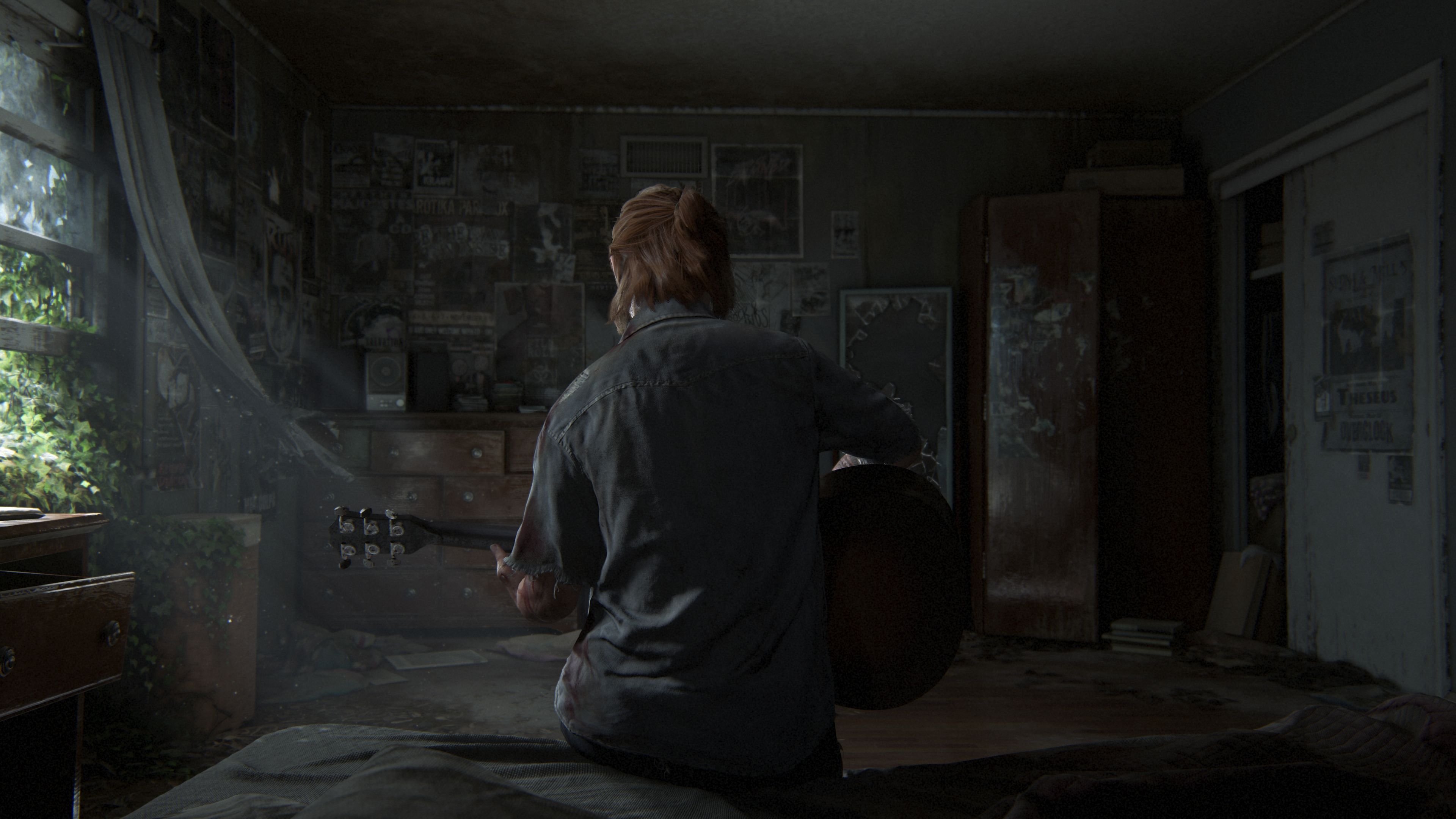
Seven years after Naughty Dog’s seminal action-adventure game set in the backdrop of a global pandemic – a little on the nose, I know – The Last of Us was lauded by critics and fans alike for its impressive storytelling, brought to life with power-packed performances by Ashley Johnson and Troy Baker, playing Ellie and Joel respectively. While there were some who criticised the shallow gameplay and cookie-cutter exploration and puzzles, the game quickly became an overnight success, backed by the studio’s signature attention to detail and quality.
Understandably, the expectations for the sequel were through the roof. Multiple delays and news of the extremes Naughty Dog employees went to achieve the presented level of graphical fidelity did no favours for the studio. This was followed by a substantial leak of critical plot points that kickstarted a brigade of hateful comments, the likes anyone familiar with GamerGate wouldn’t be surprised with. With a new release date of June 19th, Naughty Dog sent out review copies two weeks in advance, allowing industry professionals enough time to play through the game, and gain what several disgruntled fans on the internet did not have – context.
We are not industry professionals. This review is being written a week after launch, after two full playthroughs. More importantly, this review does not have to adhere to the strict conditions Naughty Dog imposed on reviewers. Below, I freely talk about plot points, characters, world-building, and design, so if you haven’t beaten the game yet, feel free to skip the part of this review where I talk about the story.
A Triumph in Video Game Visuals and Graphics
The Last of Us Part II is a gorgeous game. From the very first frame, until the credits roll, the graphics are jaw-droppingly good. The wonders don’t cease as you quickly realise that Naughty Dog managed to get a game this gorgeous running on console hardware that is seven years old. Each location you visit is lovingly detailed, each character and enemy you meet feel real – thanks to impeccable facial animation technology – the visuals add significant depth to the narrative. When combined with state-of-the-art motion capture technology, conversations between characters are both verbal and non-verbal – used effectively and in the right spaces.
This peerless attention to detail also extends to the infected – humans affected by the Cordyceps virus, slowly turning into mindless husks of their former self. I highly encourage going to the extras menu in-game and going through the character models for all infected types in the game. Animations are lavishly detailed – Ellie throws her entire body weight into hitting enemies with any melee weapon she can find, and it feels as heavy as it does brutal. The brutality of violence presented to the player has the potential to get overwhelming often due to how real it feels because of its cutting-edge visual design. Halfway through the game, I’d laid a proximity bomb that set off a few moments later, killing the enemy soldier. When I went to check on the scene, the blood splatter that was formerly a human being was a shocking sight. Such was the brutality of the violence presented, that there were bits of the soldier sticking to the roof – all while leaving behind accurate blood trails.
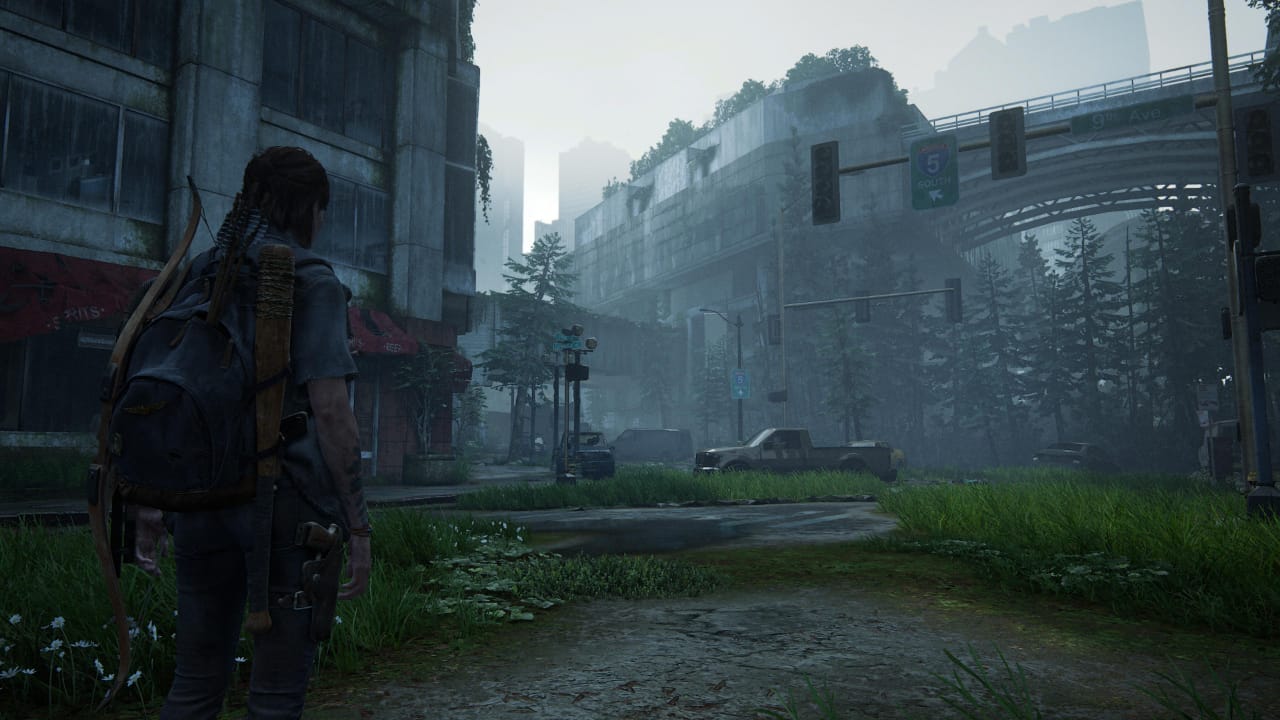
On the technical front, the game runs smoothly on both PS4 and PS4 Pro, with load times that are pleasantly short. With the exception of the resolution and an advanced anti-aliasing solution used on the Pro, the game runs nearly identical on both platforms – an amazing feat of development considering the age of the hardware. In the 50-odd hours I’ve spent with the game, I’ve only run into one hilarious animation bug. With some noticeable frame rate drops on rare occasions, the performance of the sequel is a cut above its predecessor – which often ran into crippling frame rate issues. However, The Last of Us looked as good as it did on a device with 256 MB RAM. This is a studio that knows the PlayStation brand and hardware inside out, and one wonders what they’ll do next with shiny new PS5s releasing at the end of this year.
More Game To Play
The Last of Us Part II significantly improves gameplay over its prequel. Ellie is nimbler, leaner, and more capable of squeezing through tight corners than Joel was, allowing her to be agile in combat. This change is welcomed with a dedicated button to dodge incoming melee attacks, from both human enemies and the infected. Going toe to toe with enemies, dodging at the right time, and working on your melee combo is a satisfying feeling.
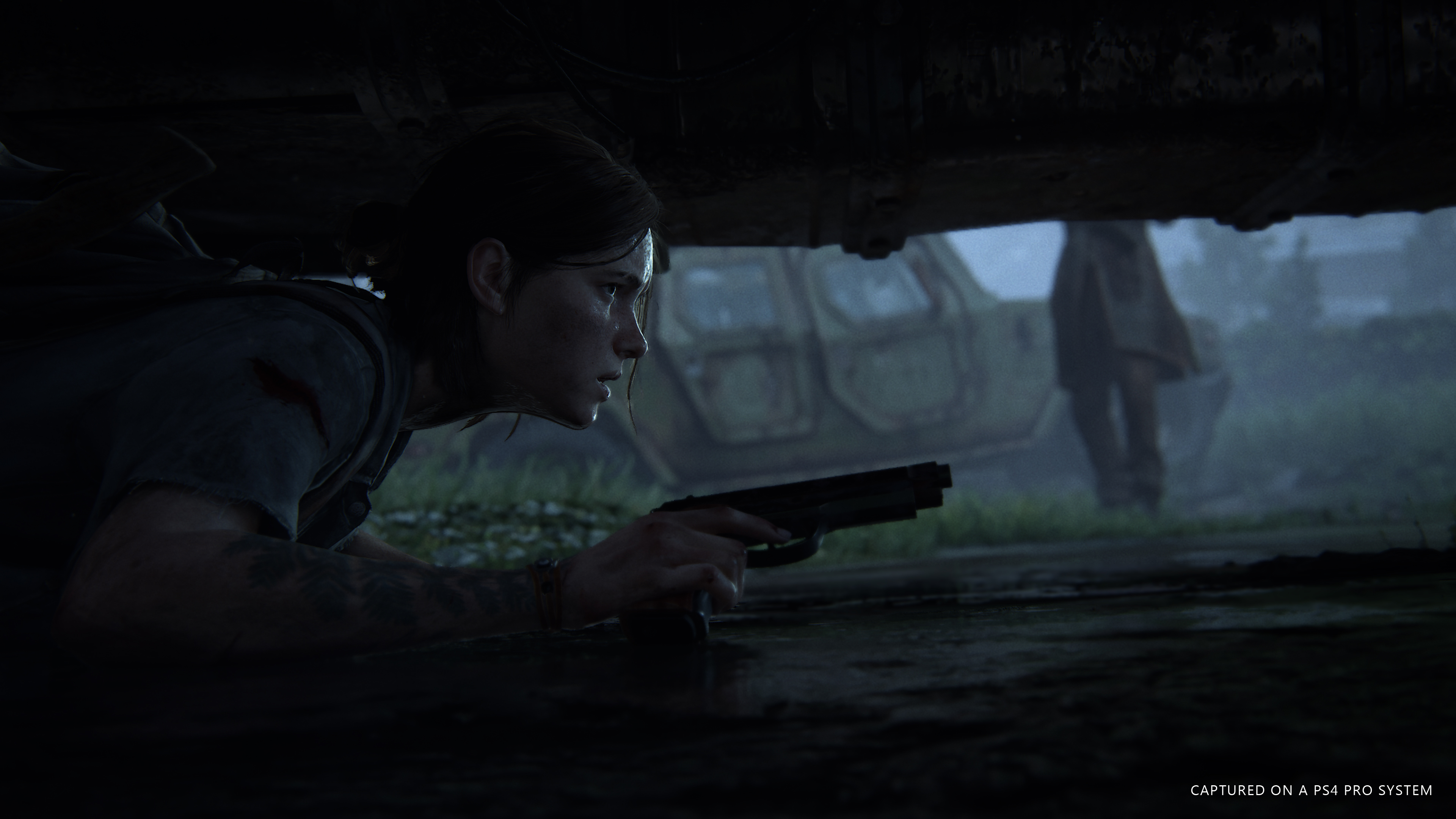
However, if you’re playing on higher difficulties – which I highly recommend – your best bet is to sneak around enemies and make for the exit as quietly as possible. Enemy behaviour gets a significant boost on higher difficulties, spotting you easily if you sneak out in the open, and aggressively flanking you, if spotted. Ellie also takes massive damage, and it can get overwhelming if an enemy with a rifle has you pinned down behind a table while shotgunner flanks to deal massive damage. Luckily, you have a variety of tools at your disposal. Throwing a brick at the enemy and rushing them to lay down a beat down is just as satisfying as ever, although it does come with risks of being shot. Allies can get spotted by the enemy AI and shot at, forcing you out of stealth situations into all-out combat, but unlike the first game, allies rarely get in your way, helping you take down enemies quietly every now and then.
Between the Washington Liberation Front (Or WLF, or Wolf), the Seraphites, and the infected, there is plenty of enemy variety and combat situations spread out over the course of this 25-30 hour game. While the Wolves use military tactics to flush the player out in combat situations, the Seraphites use silence as much as Ellie does, communicating with loud whistles over large distances. You don’t want to be caught off guard by a warning whistle right next to you, because the retaliation is swift, if not deadly.
Sleepless In Seattle
Ellie is often outnumbered and outflanked if spotted and needs to dispatch enemies quickly with headshots that feel absolutely amazing or be constantly on the move as she takes down her enemies from the shadows. As much fun as the combat is, there are still some flaws that border on the baffling. Combat animations and fights are often beautifully detailed, surprising players with the sheer number of moves Ellie can perform, but when it comes to stealth takedowns, there are only two animations that are repeated throughout the game. At the risk of sounding nitpicky, it baffles me to no end that a studio that spent so much time lovingly detailing the violence in this game to overlook such a critical part of gameplay, considering sneaking around is often the most viable option to proceed through a stage.
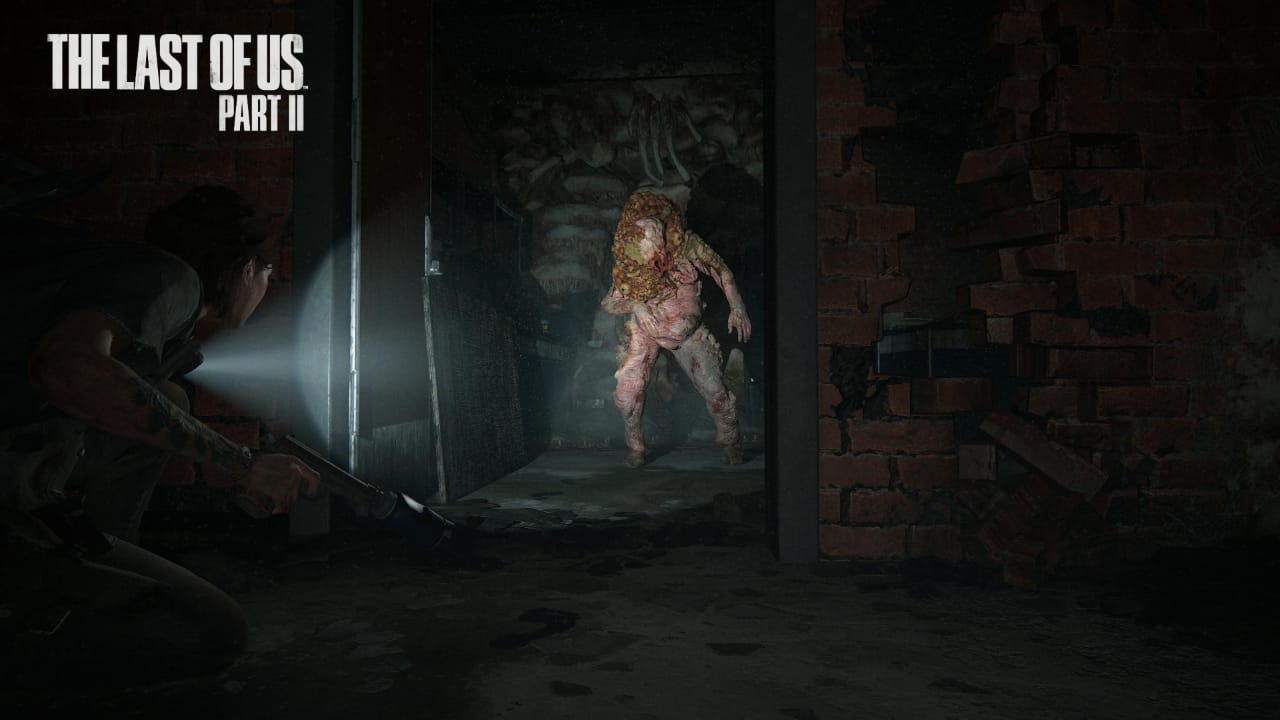
Infected encounters, on the other hand, are excellent. With a combination of cleverly chosen encounter locations, lighting, sound design, and visual design, Naughty Dog significantly ramps up the horror, making them a deadly threat in your way rather than an annoying obstacle you have to cross. It would be safe to say that a few encounters borrow a leaf or two from the Resident Evil playbook, and the music constantly keeps you on edge. Every time the infected appear in-game, they’re a joy to tackle and get past.
In an effort to make the game more accessible to people with disabilities, Naughty Dog introduces a plethora of options that offer gameplay and visual tweaks. The options range from adjusting visual, hearing, and motor accessibility settings, to ensure players with vision, hearing, and mobility impairment. With 60 adjustable settings, the studio sets a benchmark for the industry and puts a critical step forward in ensuring gaming is for all.
Sounds Of The Apocalypse
The world of The Last of Us 2 is a bleak, hopeless wasteland where danger lurks around every corner, and encounters with enemies are tough and hair-raising. Gone is the hopeful tone of the first game, replaced instead with a sombre atmosphere in a city where it doesn’t seem to stop raining. The sound design perfectly complements this dreary world with low, bass-heavy tracks that ramp up the tension as you’re sneaking around enemies.
Perhaps, in an effort to show off just how gruesome the world is, Naughty Dog paid extra attention to death sounds. Enemies taken down via stealth often gurgle on their own blood before passing. There were times when you could hear the air escaping their lungs. It’s appropriately disgusting and can be too much for a few players. Even sounds of blood splattering all over walls has been faithfully recreated. And trust me, you don’t want to know what a dying dog sounds like.
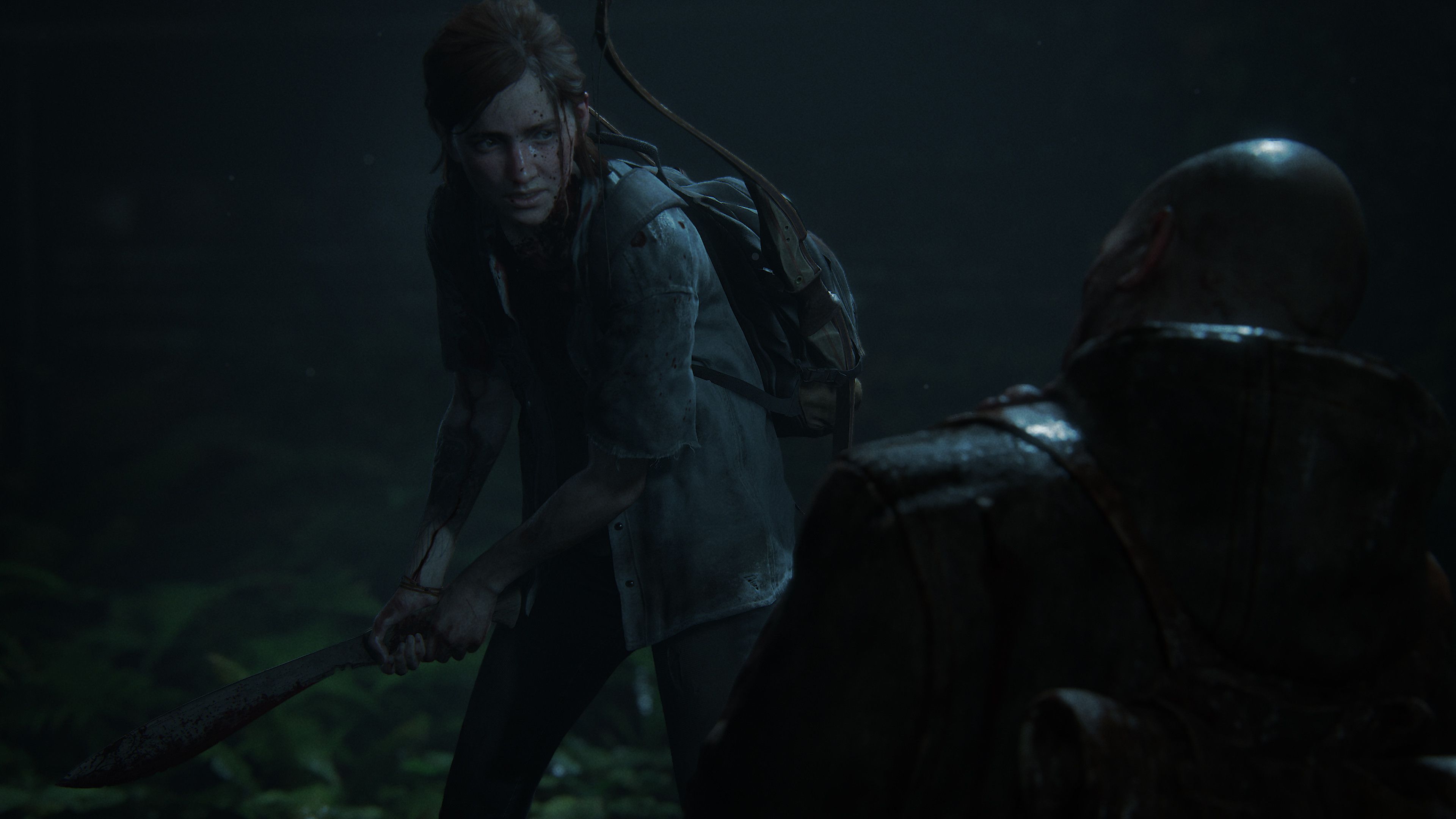
Oscar-winning composer Gustavo Santaolalla returns to lend his talents for the sequel, and the tracks composed offer no respite from the oppressive world you travel through between cutscene to cutscene. Taking a decidedly mournful tone to reflect a story about loss and revenge, the music of The Last of Us Part II is a beautiful work of art. Oftentimes, the music accurately reflects the sense of anguish and despair the character on your screen feels. It is painfully tragic, and beautiful at the same time. That is not to say the soundtrack is without happier moments – just that they are few, and far in between.
Dina…I’m Already A Demon
The Last of Us Part II is the most mature story Naughty Dog has ever told. The studio has come a long way from making Jak & Dexter platformers, foraying into cinematic gaming experiences with the Uncharted games. With The Last of Us Part II, director Niel Druckmann and lead writer Halley Gross use the prequel as a springboard to tell a nuanced tale about love, loss, grief, and vengeance. While the first game was a story about love and compassion, Part II dives deep into the cycle of violence, the consequences of a monumentally selfish choice, and humanity in a world where there isn’t a lot of empathy going around. However, it is not without its flaws.
SPOILERS AHEAD
The following text is going to reveal critical plot points of The Last of Us Part II, if you have not finished the game yet, I strongly suggest skipping this section entirely and read the conclusion after the “spoilers over” sign. Beware, here be spoilers.
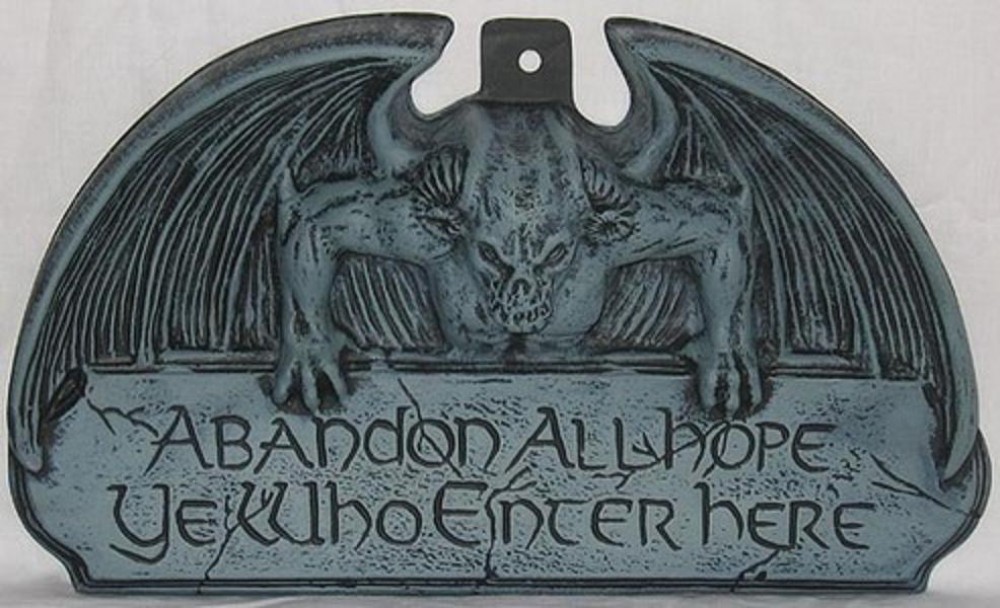
Much has been said about the choice to kill Joel in the opening chapters of the game. It is a shocking scene, especially since the game introduces both playable characters – Ellie and Abby, in the first hour of the game. The narrative choice to let Abby be saved by Joel and his brother Tommy, only for her to shoot him in the legs once she reaches her WLF unit, was a stroke of genius. It is designed to do one thing – make you absolutely despite Abby as a character. So when the player, as Ellie, reaches the mansion where Joel is being tortured, Ellie sees the death of her father figure, making her want revenge as much as the player. It’s a brilliant, if not shocking, way to get you invested in Ellie’s quest for vengeance.
Despite Joel’s early death in the game, he is still very much involved in the story through flashbacks – some of which feel out of place, and in a few instances, overstay their welcome. Ellie also mirrors Joel’s descent into a merciless killer to survive in a post-pandemic world. In the first game, after Ellie is kidnapped by a group of cannibals led by the charismatic David (played by Nolan North!), Joel recovers from his near-death fever and captures two cannibals of his own, and tortures them to reveal the location of their camp. Ellie attempts to do the same thing, but it doesn’t go as planned. With Joel, the torture scene was a glimpse of his survivalist self, willing to hurt and kill people for information, and with Ellie, it is her journey down the same road – one that made Joel a villain for many groups over the 25 years he survived after his daughter’s death.
Unfortunately, cracks begin to appear in the narrative as Ellie makes her way through Abby’s friends, one by one. Close to discovering Abby’s whereabouts, Ellie runs into Mel and her boyfriend Owen. If you were paying attention during the prologue, you would know that Mel is pregnant – Owen says as much to Abby right before she runs off looking for Joel. However, things get out of hand, again, and Ellie ends up killing Mel, and discovering she’s pregnant. Naturally, she is horrified by her actions, but the impact of this scene doesn’t land as intended, because as a player, you’ve literally spent the last 8 or so hours killing dozens of WLF soldiers, many of whom are women. For Ellie to be so horrified by her actions in a game where she can blow up enemies into tiny bits is a little hard to digest. It is the same problem Rockstar Games’ Grand Theft Auto 4 had, where protagonist Niko Bellic is horrified by the events of the Balkan War since he was a soldier who had to do horrible things in cutscenes, but as soon as the player has control of him, you can run off a blow up an entire block of cars with a rocket launcher.
Soon thereafter, the game pulls its Metal Gear Solid 2-esque twist, where you’re taken away from Ellie and put in Abby’s shoes. At this point in the game, my opinion of Abby had not changed, despite Ellie’s horrible actions, and understandably I was very annoyed to play as the character the story wants us to hate. However, Abby and her friends (the ones that would be killed by Ellie) are compelling, and well-written characters. I strongly believe that making Abby likeable and relatable is The Last of Us Part II’s crowning achievement – from intentionally letting enemies kill her, I started to care for her. And when she meets the runaway Seraphite kids Yara and Lev, I was fully invested.
We find out that the doctor Joel murders to save Ellie’s life from the operating table was Abby’s father. So consumed was she with a vengeance that Abby spent 4 years in the WLF tracking Joel’s location, and exacting her revenge. This sets off a series of events that brings Ellie to Seattle, and thus, her singular choice to perform an action makes her lose everything and everyone she knows. Sounds familiar?
Abby’s parallels with Joel don’t end there. With the exception of the dodge button, Abby controls and plays very similar to how Joel did in the first game. The first time you sneak up behind a clicker to take it down, the game reminds you that you need a shiv – a nice little call back to the prequel. The similarities are made blatantly apparent when Abby sets off on a journey with Lev – much like Joel and Ellie, unlikely allies in a brutal world, do in the first game.
While Abby’s part of the story is marginally better than Ellie’s, considering it doesn’t carry the same emotional baggage – Abby is a soldier and her outfit is at war with the Seraphites – it is not without its problems. The first chapter of Abby’s story overstays its welcome, dragging on for longer than necessary. In a game that is about 30 hours long, having downtime between the action is critical, but can be detrimental to the story if it goes on for too long.
The conclusion of the game has been up for much debate as well, with quite a few fans speaking out against what is perceived to be an unsatisfactory ending. But, without revealing much of what happens, I can say for certain that it was a poignant way to close the story. By the end of the game, the parallels between Abby and Ellie are painfully apparent, both visually, physically, and emotionally. As the two women, both spurred on by the deaths of their father-figures, fight to the bitter end, Ellie remembers the last conversation she ever had with Joel. Quickly realising that killing Abby won’t bring Joel back, she chooses to forgive Abby, letting her go. That singular act of mercy breaks the cycle of revenge – Ellie stops her descent into full villainy, refusing to be Joel and damning herself, and Abby goes on to complete her own version of Joel’s journey by saving Lev.
SPOILERS OVER
Guitars Left Behind
The Last of Us Part II is as close to perfection a video game can get, but its narrative flaws marr the game from becoming a crowning achievement of video game storytelling. Without a doubt, it is one of the greatest stories told in this medium, but it takes itself so seriously, that the suspension of disbelief between the gameplay and the moral of its narrative is a little difficult to digest. If you’re bent on making a story about how the cycle of violence, and the quest for vengeance is a path to self-destruction, it is hard to reconcile with the gameplay that revels in hyper-violence. It doesn’t help that director Neil Druckmann is on twitter liking videos and gameplay gifs showing off the gratuitous violence in his game.
Ellie, Joel and Abby have cemented their place in video game history, thanks to impeccable performances by Ashley Johnson, Troy Baker, and Laura Bailey. Johnson, in particular, poignantly plays the anguished Ellie with such sensitivity and grace, you just know this year’s best voice actor award has her name on it.
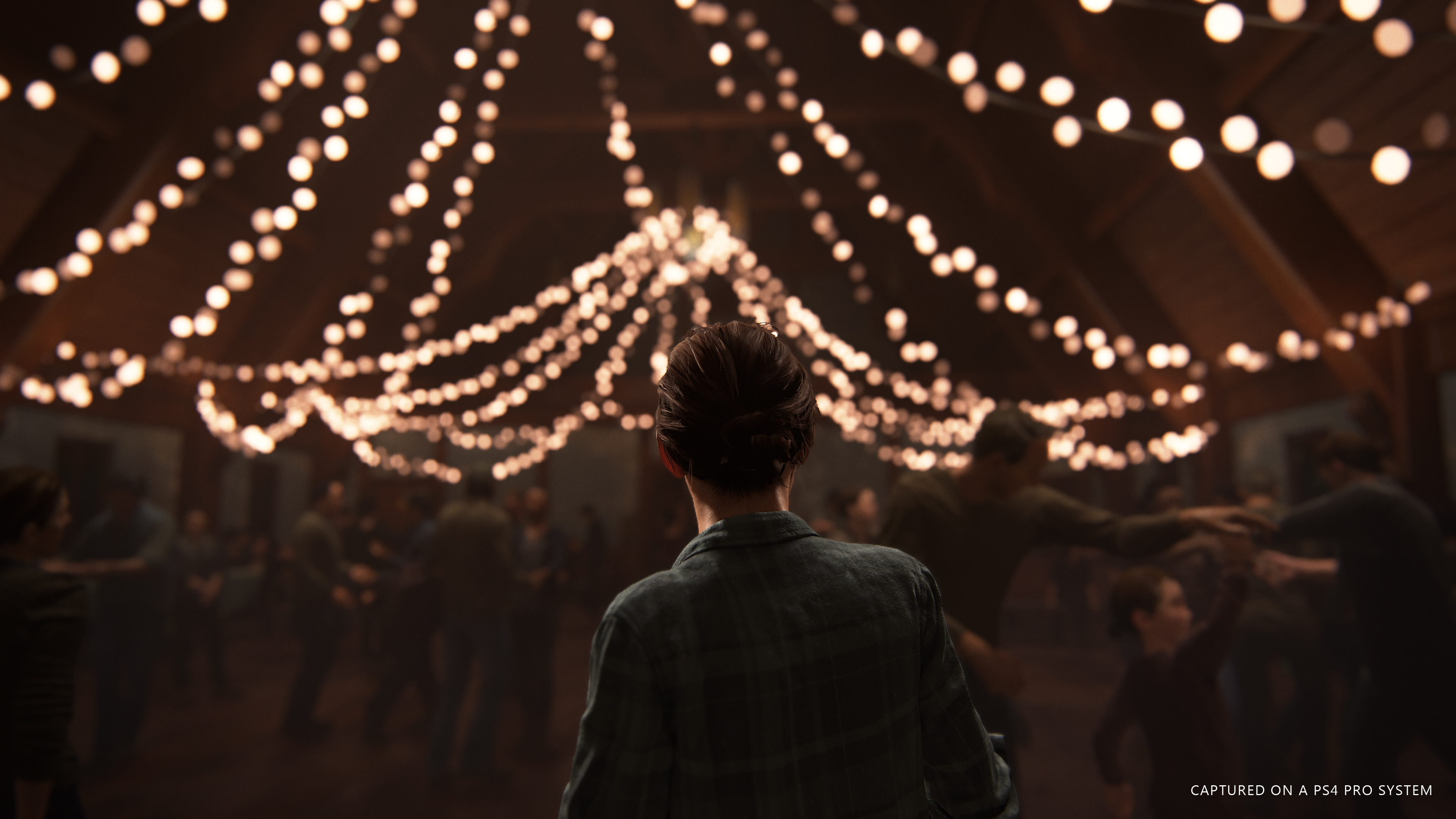
In the end, the long-awaited sequel takes bold risks with its narrative, and it pays off to a large extent. The game asks you to understand its characters, even if you don’t agree with them, and quite literally makes you walk a metaphorical mile in the enemy’s shoes. For that alone, this game deserves to be remembered. So pick up your copy today.
Rating:
Gameplay: 9/10
Storyline: 9/10
Graphics: 10/10
Sound: 10/10
Final Score: 9/10
About the Author: With just over 20 years of gaming under his belt, Sujay eats, breathes and lives video games. When he’s not gaming, he can be found on twitter offering poorly thought jokes on politics, and posting scrumptious pictures of food.

Leave a Reply